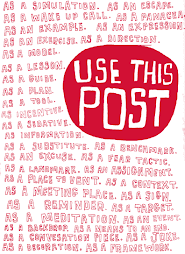The learning opportunities which foster slowness are created in such a way that they operate on three levels which are not discrete, linear or sequential. Taken together they enable experiences which foster genuine and sophisticated understanding.
The layers are:
- looking and listening (notice)
- exploring and thinking (dream)
- making and being. (connect, do, be)
curious about the following.. does it have to be organized? why are we thinking that? can't it just be life.
The learning arrangements that we find foster and promote slowness are:
- the circle which represents symbolically the spirit of unity and equality within the learning community
- grouping learners in collaborative, vertical heterogeneous teams
- using large blocks of time
- themes or topics for study are not prescribed but are emergent. The topics are selected from student talk, through dialogue with the community or based on the individual experiences of a family or the interests of a child. It is not static and a given but is the constant subject of negotiation.
- the learning is organised into projects - some seem to go on for as long as a term and others last just a few weeks. The facilitators at the centres help the learners frame their learning plan, research the topic and make decisions on the representational medium that will demonstrate and showcase their learning.
- the learning materials are made using local content, in ways that allow them to be re-used and to be produced within the community at low cost
- all learning is the result of direct first person conscious experience. This method or tool focuses on the transformation of the self and the awakening of the mind rather than on the transfer of knowledge and the acquisition of skills.
more resources from @rogre - crack learning
learning based on actions of removal
and
myths related to learning




































